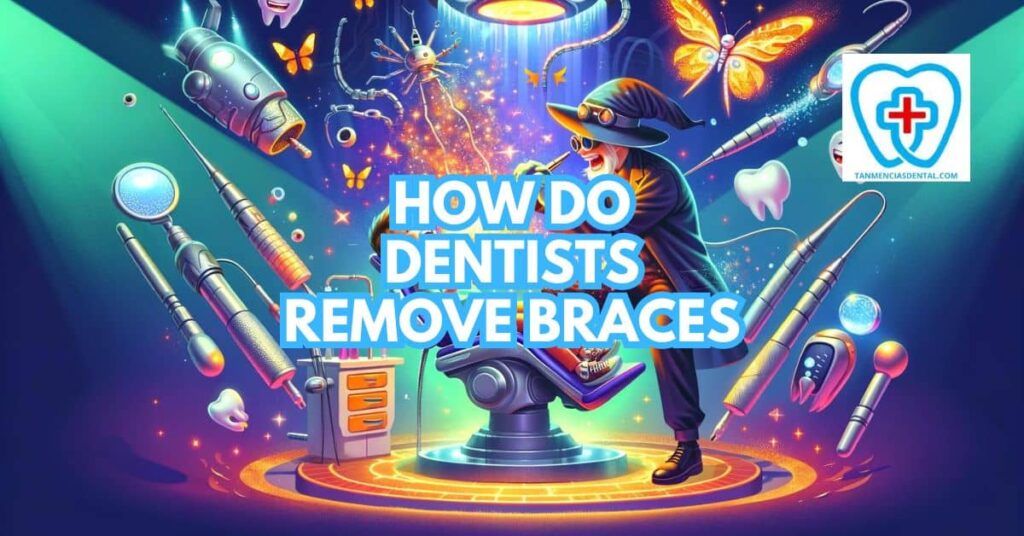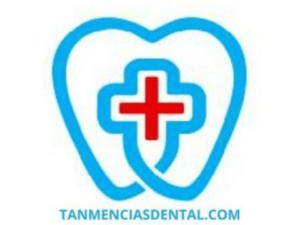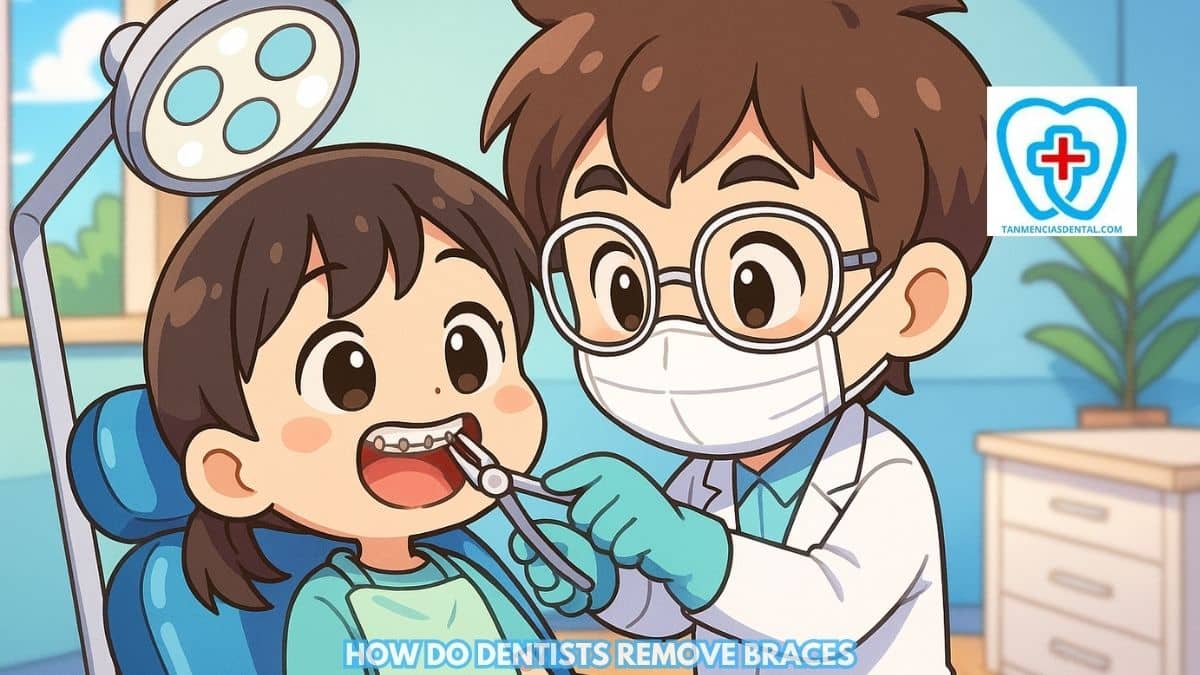Many patients wonder how do dentists remove braces once their teeth have finished moving into place.
The process is careful and planned to make sure your teeth, gums, and enamel stay healthy.
Dentists use special tools and gentle techniques to take off each bracket and clean away the glue left behind.
They also check that your teeth are stable and properly aligned before beginning the removal.
Understanding these steps helps you feel more confident about what happens when it is time to take your braces off.
1. When Dentists Know It’s Time to Remove Your Braces
Before the removal process begins, your dentist carefully checks if your teeth and bite are stable.
They look at how your upper and lower teeth fit together to confirm that your alignment is correct.
To make sure your teeth are ready, the orthodontist may take X-rays or digital scans to see if the roots are properly positioned.
If your teeth still show signs of movement, the dentist might wait a little longer to protect your treatment results.
This decision helps prevent your teeth from shifting after the braces come off.
Careful evaluation ensures your braces are removed only when your smile is strong, balanced, and ready to stay that way.
🦷 How Often Should You Get Routine Checkups At The Dentist?
2. Why Leaving Braces Removal to a Dentist is Crucial
Removing braces requires specialized skills that only a trained dentist possesses.
Trying to remove braces on your own can lead to significant issues like broken brackets, damaged enamel, or even shifting teeth.
Dentists use precise tools and techniques to safely detach the braces without causing harm.
They also monitor the condition of your teeth during removal to prevent any long-term damage.
Trusting a professional ensures that the procedure is done correctly, protecting both your teeth and the investment you’ve made in your orthodontic treatment.
🦷 How Do Dentists Remove Tartar Buildup Effectively?
3. Special Tools Used for Safe and Efficient Braces Removal
Dentists rely on carefully designed instruments to make the braces removal process smooth and gentle.
Orthodontic pliers are used to hold and loosen each bracket without putting too much pressure on the teeth.
As the brackets are removed, dentists use debonding tools to separate them from the adhesive that holds them in place.
These tools allow precise control so that the enamel is not scratched or weakened during the process.
After the brackets are removed, a polishing tool is often used to clean away any leftover bonding material.
Some dentists use small rotary instruments that smooth the surface of each tooth while keeping the enamel intact.
The goal is to make sure your teeth are clean, healthy, and comfortable once the braces are gone.
With the right tools and careful handling, the entire procedure is both safe and efficient.
🦷 How to Choose the Best Dental Care Center for Your Family
4. Braces Removal: A Step-by-Step Guide
The removal of braces is carried out in several carefully planned stages.
First, the dentist will gently loosen and remove the brackets from your teeth using orthodontic pliers.
After that, any remaining adhesive will be cleaned off your teeth, often using a dental polisher to ensure no residue is left behind.
Once the braces are fully removed, impressions may be taken for retainers to help maintain your teeth’s new position.
The entire process is designed to be precise and efficient, ensuring that your teeth remain healthy and properly aligned after the braces are gone.
🦷 Building Community Partnerships through Dental Checkup Camps

5. Keeping You Comfortable During Braces Removal
During your removal appointment, the dentist’s main goal is to keep you calm and comfortable while removing the braces.
The dentist uses gentle pressure and small movements to loosen each bracket so that you do not feel pain.
You may notice a light popping sound as the brackets are removed, which is completely normal.
If your gums or teeth feel sensitive, the dentist can slow down or adjust the tools to make the process easier for you.
Before you get your braces removed, your dentist will explain what sensations to expect so you are not surprised during the procedure.
Communication is important, and you can always tell your dentist if something feels uncomfortable.
The dentist will also check your teeth and gums throughout the appointment to ensure that they remain healthy.
By the end of the visit, most patients are relieved to find that removing the braces is quick, gentle, and more comfortable than they expected.
🦷 Best Mouthwash For Gingivitis: What to Look For and Avoid
6. Protecting Your Smile: How Dentists Avoid Enamel Damage
One of the most important aspects of braces removal is ensuring that your enamel remains undamaged.
Dentists take great care when detaching the braces and removing the bonding adhesive to avoid scraping or weakening the enamel.
Special tools are used to safely remove the adhesive without causing harm to the tooth surface.
In addition, dentists may polish your teeth after the removal to smooth out any rough areas left by the bonding material.
This attention to detail ensures that your teeth stay healthy and strong, even after the braces are taken off.
🦷 How Long Is A Dentist Appointment?
7. Caring for Your Teeth After Braces Are Removed
After the removal of your braces, it is important to take good care of your teeth to keep them strong and properly aligned.
Your dentist will explain how to brush and floss carefully, since food can still collect between your teeth even after braces are gone.
Using fluoride toothpaste can help protect your enamel and ensure your teeth stay healthy and bright.
You may also need to wear a retainer to keep your teeth in their new position, especially during the first few months after treatment.
If you notice any tightness or mild soreness, it usually means your teeth are still settling into place.
Regular dental checkups are necessary so your dentist can check your retainer and monitor your bite.
If you had trouble with cleaning while wearing braces, this is a good time to focus on rebuilding good habits for oral hygiene.
Following these simple steps helps ensure your teeth remain straight, clean, and healthy long after the braces are removed.
🦷 Is It Bad To Brush Your Teeth With Baking Soda?
8. Braces Removal FAQs: Answers to Your Questions
Many patients have questions about what to expect during and after braces removal, and dentists are always ready to answer them.
Common concerns include how long the removal takes, whether it will hurt, and what to do if a bracket breaks.
Dentists usually explain that the removal process takes about an hour and is generally painless, though some teeth may be sensitive afterward.
They may also discuss the use of retainers and how long you will need to wear them.
Providing clear and thorough answers helps alleviate any worries you might have about the procedure.
🦷 Why Routine Dental Treatments Are Key to Avoiding Dental Emergencies
9. Finding the Right Dentist for Braces Removal
Choosing the right dentist for your braces removal is essential to ensuring a smooth and safe procedure.
You’ll want to select a professional with experience in orthodontic care who understands the importance of protecting your teeth during and after removal.
Look for a dentist with good reviews, a proven track record, and a gentle approach to patient care.
Many orthodontists offer consultations, which can help you determine if they are the right fit for your needs.
Trusting your braces removal to a skilled and reliable dentist guarantees the best outcome for your teeth and overall dental health.
🦷 Child Hates Brushing Teeth: Creating Positive Dental Habits

10. Innovative Techniques for Braces Removal (Optional)
In recent years, many orthodontists have introduced modern tools and methods to make brace removal quicker and more comfortable for patients.
During this process, the orthodontist will use advanced instruments that allow for more precise work and less discomfort.
In some cases, they may use a special laser to soften or weaken the bonding material that holds the brackets to your teeth.
This helps make the process smoother and reduces the amount of pressure you feel while the adhesive is removed.
Some orthodontists also use air abrasion or ultrasonic devices to gently clean away any leftover bonding material.
These techniques help protect your enamel and keep your teeth smooth after the brackets come off.
Although these methods are still becoming more common, many patients appreciate the shorter time and gentler experience they provide.
As technology continues to advance, the process of removing braces will likely become even safer and more efficient for patients.
🦷 Advance Dental Health Program in Marikina
11. Maintaining Your Smile with Regular Checkups
After your braces are removed, regular dental checkups are key to ensuring that your teeth stay healthy and aligned.
These checkups allow the dentist to monitor your progress, making sure your teeth are maintaining their new positions with the help of retainers.
During these visits, the dentist will also check for any potential issues, such as gum irritation or enamel wear.
Routine cleanings and exams help keep your teeth and gums in optimal condition, reducing the chances of any future complications.
Sticking to a regular schedule of dental visits will help you maintain your beautiful, straight smile.
🦷 Comprehensive Dental Care at Tan-Mencias Clinic in Marikina
👨⚕️ Conclusion
The process of removing braces requires careful planning and expertise to ensure it is done safely and effectively.
By working with a skilled dentist and following their post-removal care instructions, you protect both your teeth and the investment you’ve made in your smile.
The use of specialized tools and techniques helps guarantee a smooth experience while minimizing any potential risks.
Regular checkups after braces removal ensure that your teeth remain in their new, aligned positions.
With the right care, you can enjoy the results of your orthodontic treatment for years to come.
❔ FAQs
1. How long does it take for a dentist to remove braces?
Brace removal usually takes about 30 to 60 minutes, depending on how many brackets you have.
The process includes taking off the braces, cleaning away the adhesive, and checking your teeth.
Your dentist will make sure everything feels smooth and comfortable before you leave.
2. Will removing braces hurt?
Most patients do not feel pain during brace removal.
You may feel light pressure when the dentist loosens and removes the brackets.
Some teeth can be a little sensitive afterward, but this usually goes away within a few hours.
3. What should I do right after my braces are removed?
After your braces come off, you should brush and floss carefully to keep your teeth clean.
Your dentist may give you a retainer to help your teeth stay in place.
It is also a good idea to avoid very hard or sticky foods for a few days while your teeth adjust.
4. Why are retainers important after braces removal?
Retainers keep your teeth from shifting back to their old positions.
They hold your new smile in place while the bone and gums around your teeth adjust.
Wearing your retainer as instructed helps protect all the time and effort you put into your braces.
5. Can teeth feel loose after braces are removed?
Yes, it is normal for your teeth to feel slightly loose right after the braces come off.
This happens because your teeth are adjusting to their new positions.
The feeling goes away as your teeth settle and your retainer helps stabilize them.
😁 Self-Promotion
Visit us at Tan-Mencias Dental Clinic in Parang, Marikina City, where your smile and comfort are our top priorities!
Our friendly team is here to ensure you receive the best dental care possible.
Have any questions or concerns?
Feel free to call us at 0917-145-1074, send a message through our Facebook page, or use the contact form on our website.
We’re always happy to assist you and look forward to helping you achieve a healthy, beautiful smile!

